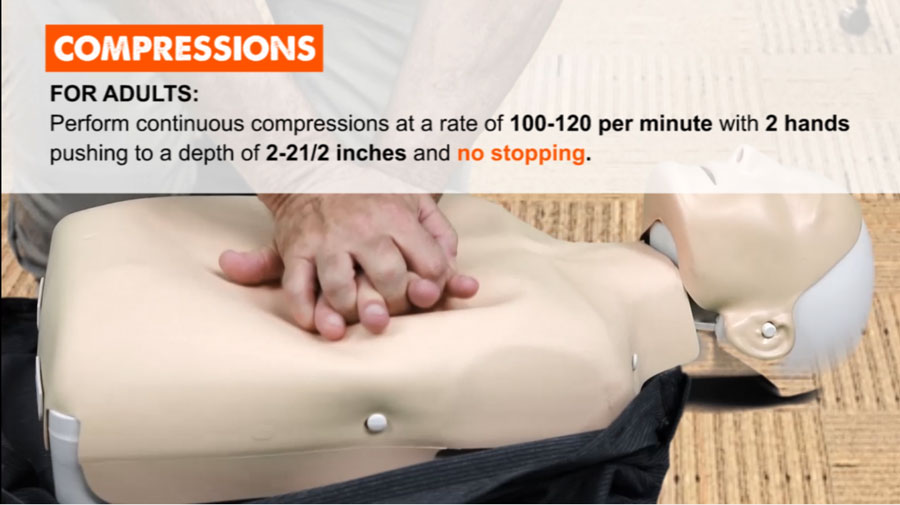How hard to push for CPR? Balancing Benefits & Risks

Back in 2010, CPR guidelines took a bold step. “Push Hard, Push Fast” became the new mantra, thanks to the American Heart Association. This wasn’t just a catchy phrase—it was a call to action for stronger, quicker compressions to pump more blood to the brain.
Fast forward to today, and research keeps backing this up. A more recent study from a University Hospital in Spain and presented at the European Society of Cardiology (ESC) stated “Deep chest compressions improve blood flow to the brain, improving survival and brain function”
But yes, pushing with more force can lead to more injuries. Yet, here’s a surprising twist: those with such injuries often had better brain function afterwards. It seems a bit of a paradox, doesn’t it?
This 14-year study showed as new CPR standards increased the depth of compressions brain function improved also over the same years. It is difficult to get accurate data from the field during CPR because of so many different factors. For example, who initiated CPR? Was it a trained or untrained person and what was the quality of the CPR? How long did it take to begin CPR?
So, this study seems to offer some hope that current techniques are on the right track to improved survival. Of course, everyone should learn CPR, it is so easy to get access to good training. Not everyone needs a CPR certification to be a hero for their family.
How to perform compression (Watch video clip from our CPR course)
Online CPR Skills offers comprehensive training in CPR, First Aid, and AED—and it’s completely free. Sign up today to ensure you’re prepared to be a lifesaver.
Curious about what can make CPR less effective? Check out our post about the most common reasons for unsuccessful CPR.
“Can You Catch a Disease from Performing CPR? Essential Facts for School Staff and Teachers”- Learn the facts and discover how to protect yourself while saving lives. Enroll in our Free Online CPR Training with Capt. Wayne Bennett today to be prepared and stay safe.



Comments are closed.